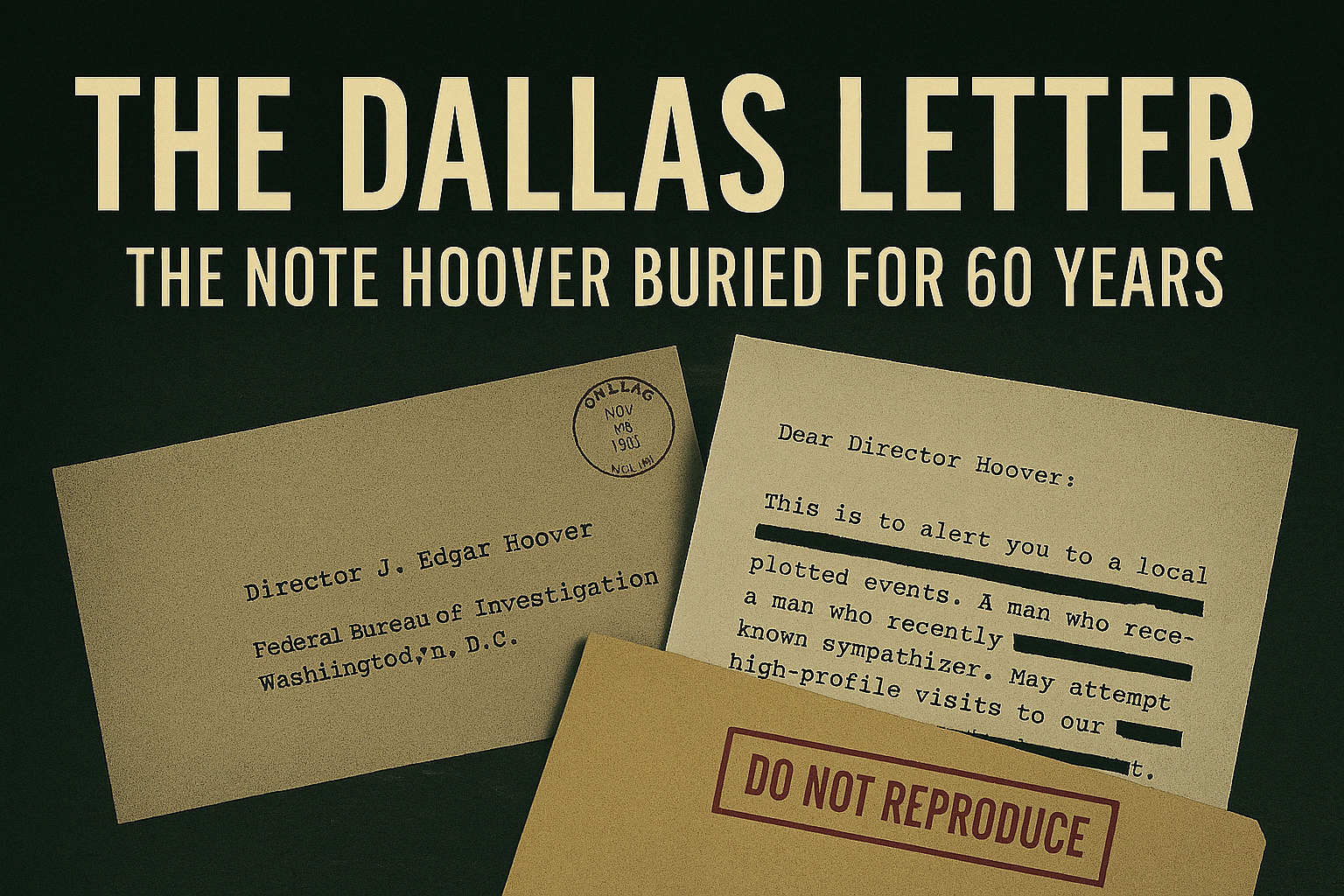Buried in document 206-10001-10009, declassified in 2025, is a low-profile but explosive reference to an internal memo describing a page “of cryptic personal notations” found among Oswald’s possessions after his arrest.
This page, which allegedly contained references to numerical patterns and place names, was removed from his personal effects file before any official review panel-including the Warren Commission-ever saw it.
📖 What The Memo Says
The memo, labeled “SUPPLEMENTAL EVIDENCE HOLD – OSWALD EFFECTS”, describes a single sheet of unlined paper bearing the following:
- Several longhand sequences of numbers (some resembling phone codes or cipher fragments)
- A list of four locations-three domestic, one international (redacted)
- A single name: “Schmidt” (crossed out)
The summary concludes:
“Linguistic analyst suggests notations consistent with travel planning or task coordination. Context unclear.”
🚫 Why Wasn’t It Shared?
The same memo includes a routing slip from the Office of Security with this handwritten instruction:
“Remove page 5 from effects folder prior to external review. Archive under TSS/CI for controlled access.”
That page was not included in the material sent to the FBI or Warren Commission.
And it hasn’t been seen publicly until this document’s declassification in 2025.
🕵️♂️ What Was “Page 5”?
It’s referred to several times simply as “Page 5” - presumed to be from a cheap spiral notebook found in Oswald’s room. According to the file inventory, pages 1–4 were released, containing typical musings, scribbles, and basic names.
But “Page 5” was marked:
“Unusual construction. Graphite pressure variation suggests different emotional state than surrounding pages.”
In short: the handwriting changed. And the content was… not normal.
✉️ What Did Oswald Write?
Because the page itself isn’t reproduced in the 2025 release, we only have the analysis summary to go by. But this line stands out:
“List includes Dallas, New Orleans, Miami, and [REDACTED]. Notable allusion to ‘corridor drop before contact.’”
“Corridor drop” was a term used in CIA communications to describe passive data transfer - such as leaving a note or object in a public space for pickup.
🔐 Why It Was Buried
The memo’s final paragraph reads:
“Due to potential for interpretive misalignment and external speculation, recommend this page remain under internal CI review pending further material correlation.”
In plain language: they didn’t want anyone to run wild with theories. So they kept it out of every investigation.
Until now.
🧨 Oswald May Have Left A Clue They Didn’t Want Interpreted
This wasn’t a manifesto.
It wasn’t a confession.
It was something stranger: a coded, disconnected list of locations and movements. Possibly mundane. Possibly coordinated.
We don’t know.
Because they decided we shouldn’t.

